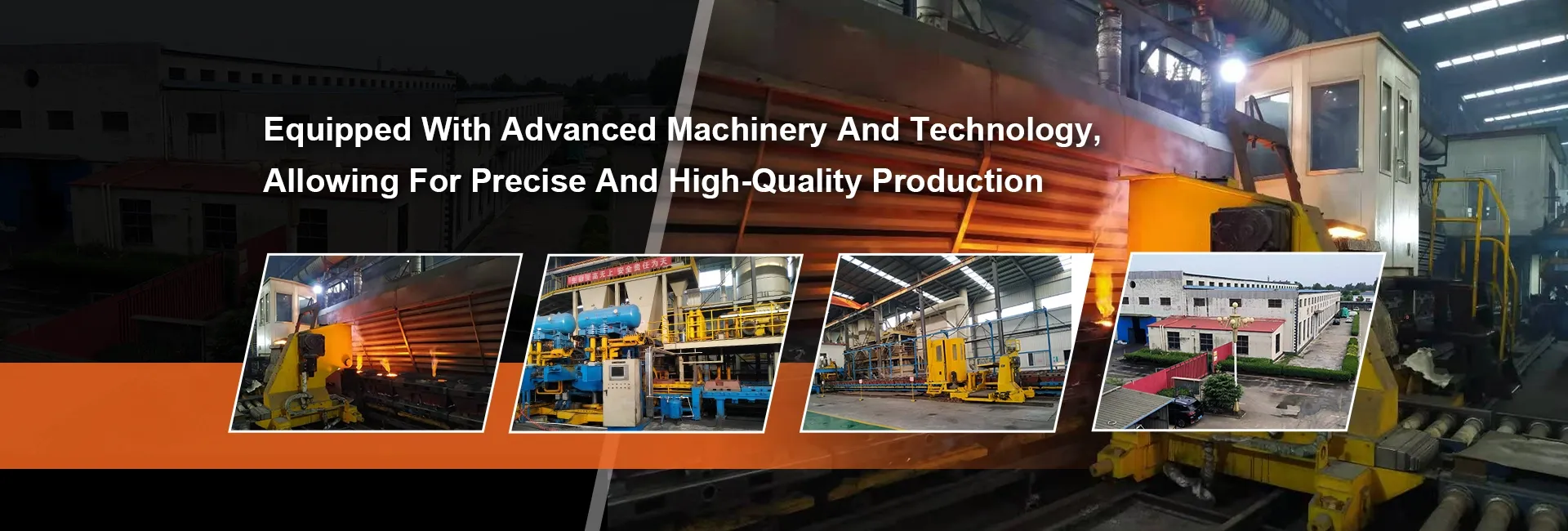
-
 Afrikaans
Afrikaans -
 Albanian
Albanian -
 Amharic
Amharic -
 Arabic
Arabic -
 Armenian
Armenian -
 Azerbaijani
Azerbaijani -
 Basque
Basque -
 Belarusian
Belarusian -
 Bengali
Bengali -
 Bosnian
Bosnian -
 Bulgarian
Bulgarian -
 Catalan
Catalan -
 Cebuano
Cebuano -
 Corsican
Corsican -
 Croatian
Croatian -
 Czech
Czech -
 Danish
Danish -
 Dutch
Dutch -
 English
English -
 Esperanto
Esperanto -
 Estonian
Estonian -
 Finnish
Finnish -
 French
French -
 Frisian
Frisian -
 Galician
Galician -
 Georgian
Georgian -
 German
German -
 Greek
Greek -
 Gujarati
Gujarati -
 Haitian Creole
Haitian Creole -
 hausa
hausa -
 hawaiian
hawaiian -
 Hebrew
Hebrew -
 Hindi
Hindi -
 Miao
Miao -
 Hungarian
Hungarian -
 Icelandic
Icelandic -
 igbo
igbo -
 Indonesian
Indonesian -
 irish
irish -
 Italian
Italian -
 Japanese
Japanese -
 Javanese
Javanese -
 Kannada
Kannada -
 kazakh
kazakh -
 Khmer
Khmer -
 Rwandese
Rwandese -
 Korean
Korean -
 Kurdish
Kurdish -
 Kyrgyz
Kyrgyz -
 Lao
Lao -
 Latin
Latin -
 Latvian
Latvian -
 Lithuanian
Lithuanian -
 Luxembourgish
Luxembourgish -
 Macedonian
Macedonian -
 Malgashi
Malgashi -
 Malay
Malay -
 Malayalam
Malayalam -
 Maltese
Maltese -
 Maori
Maori -
 Marathi
Marathi -
 Mongolian
Mongolian -
 Myanmar
Myanmar -
 Nepali
Nepali -
 Norwegian
Norwegian -
 Norwegian
Norwegian -
 Occitan
Occitan -
 Pashto
Pashto -
 Persian
Persian -
 Polish
Polish -
 Portuguese
Portuguese -
 Punjabi
Punjabi -
 Romanian
Romanian -
 Russian
Russian -
 Samoan
Samoan -
 Scottish Gaelic
Scottish Gaelic -
 Serbian
Serbian -
 Sesotho
Sesotho -
 Shona
Shona -
 Sindhi
Sindhi -
 Sinhala
Sinhala -
 Slovak
Slovak -
 Slovenian
Slovenian -
 Somali
Somali -
 Spanish
Spanish -
 Sundanese
Sundanese -
 Swahili
Swahili -
 Swedish
Swedish -
 Tagalog
Tagalog -
 Tajik
Tajik -
 Tamil
Tamil -
 Tatar
Tatar -
 Telugu
Telugu -
 Thai
Thai -
 Turkish
Turkish -
 Turkmen
Turkmen -
 Ukrainian
Ukrainian -
 Urdu
Urdu -
 Uighur
Uighur -
 Uzbek
Uzbek -
 Vietnamese
Vietnamese -
 Welsh
Welsh -
 Bantu
Bantu -
 Yiddish
Yiddish -
 Yoruba
Yoruba -
 Zulu
Zulu
Understanding Brake Drum CDL Specifications and Their Importance in Vehicle Safety
Understanding Brake Drums and CDL Regulations
Brake drums play a crucial role in the braking systems of commercial vehicles, particularly for those governed under the Commercial Driver's License (CDL) regulations. These components are essential for ensuring the safety and operability of vehicles such as trucks and buses. In this article, we’ll explore the function of brake drums, their significance in the CDL framework, and best practices for maintenance and inspection.
What is a Brake Drum?
A brake drum is a cylindrical component that houses the braking mechanism in drum brake systems. When the driver applies the brakes, brake shoes inside the drum press against its inner surface, creating friction that slows down or stops the vehicle. This method of braking is commonly found in larger vehicles due to its effectiveness in handling heavy loads and enduring prolonged use.
Brake drums are typically made from cast iron or other materials that can withstand the high heat generated during braking. Proper maintenance and timely replacement of worn-out brake drums are vital to ensuring the vehicle operates efficiently and safely.
Importance in CDL Vehicles
For drivers operating commercial vehicles under a CDL, understanding and maintaining brake systems, including brake drums, is paramount. Regulations set forth by the Federal Motor Carrier Safety Administration (FMCSA) emphasize the need for safe brakes, as failures can lead to catastrophic accidents. CDL drivers must not only be adept at operating their vehicles but also knowledgeable about critical vehicle components.
Drivers are often required to conduct pre-trip inspections that include checking the condition of brake drums. This process involves looking for cracks, signs of overheating, and ensuring that the drum has not worn down beyond safe limits. Failure to regularly inspect and maintain the brake system can result in penalties and, more importantly, jeopardize the safety of the driver, passengers, and other road users.
Maintenance and Inspection Best Practices
brake drum cdl

To promote safety and longevity, here are some best practices for brake drum maintenance and inspection that CDL drivers should follow
1. Regular Inspections Drivers should include brake drums in their pre-trip inspection routine, checking for visible damage, leaks, and wear. This should be done at regular intervals and particularly after long hauls or heavy use.
2. Listen for Unusual Noises If there are grinding or squeaking sounds when braking, this may indicate a problem with the brake shoes or drum. Drivers should seek immediate inspections from a qualified mechanic.
3. Check Brake Fluid and Adjustments Ensuring that brake fluid is at the appropriate level and free from contaminants is essential. Additionally, the adjustment of air brakes should be conducted as needed to maintain proper function.
4. Professional Full Inspections While drivers can perform visual checks, it’s advisable to have professional mechanics conduct thorough inspections periodically. They can check for issues not visible to the untrained eye and ensure that all components are in good working order.
5. Understanding Replacement Signs Drivers should be aware of signs that indicate the need for brake drum replacement. These may include excessive heat discoloration, visible cracks, or measurements that show the drum is below manufacturer specifications.
Conclusion
In conclusion, brake drums are indispensable components in the braking systems of commercial vehicles, and their maintenance is critical under the CDL regulations. For commercial drivers, understanding the functionality of these components, conducting regular inspections, and following maintenance practices are essential for ensuring safety on the road. A proactive approach to vehicle maintenance not only keeps the driver compliant with the law but also significantly reduces the risks associated with vehicle operation, safeguarding lives and property.
-
Rear Drum Brakes Maintenance TipsNewsAug.04,2025
-
Key Components Affecting Brake Drum FunctionNewsAug.04,2025
-
Important Inspection for Truck Drum BrakeNewsAug.04,2025
-
How to Prepare for Changing Rear Drum BrakesNewsAug.04,2025
-
Essential Tools for Cleaning Drum Brakes ProperlyNewsAug.04,2025
-
Brake Drum Function GuideNewsAug.04,2025
-
Safety Features of Red Brake DrumsNewsAug.01,2025
